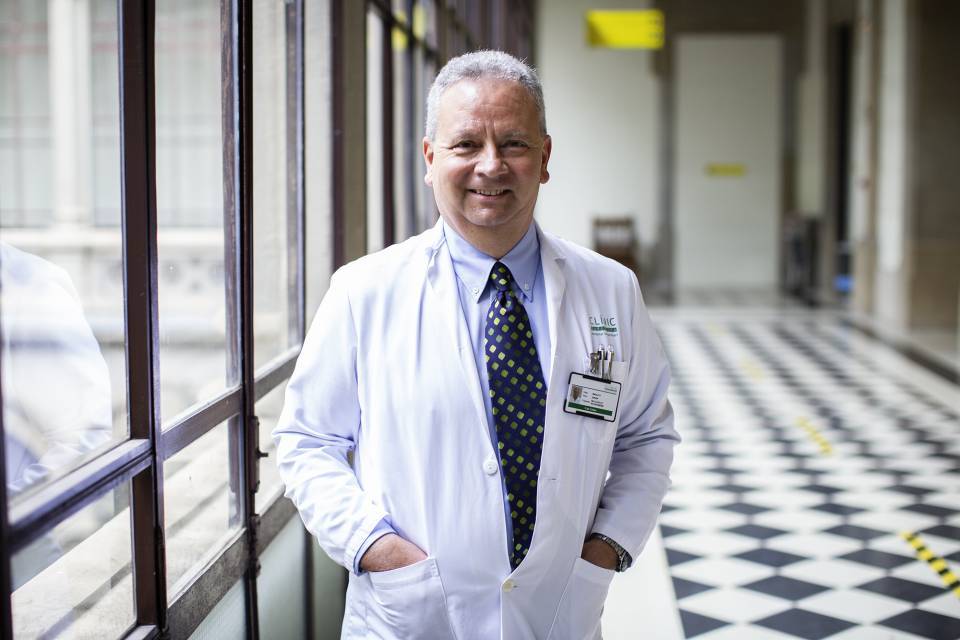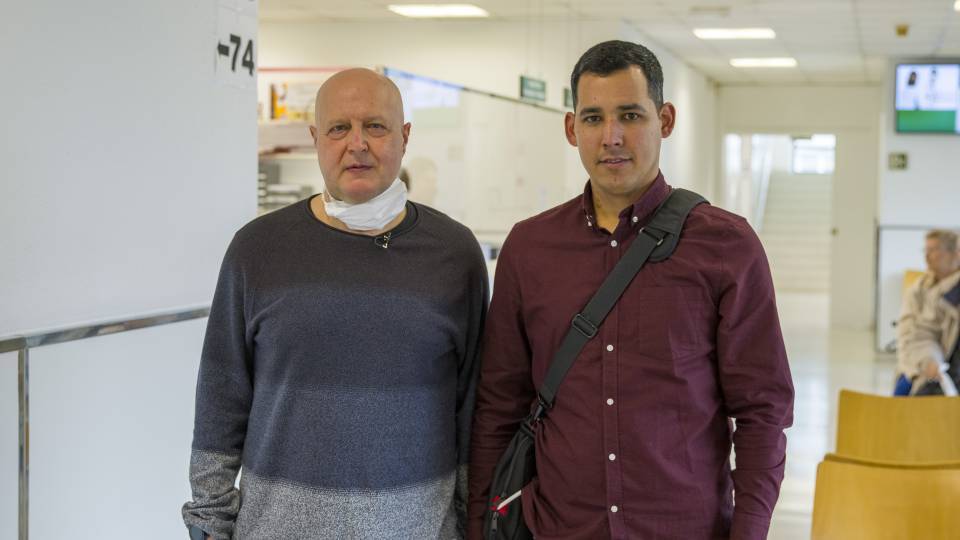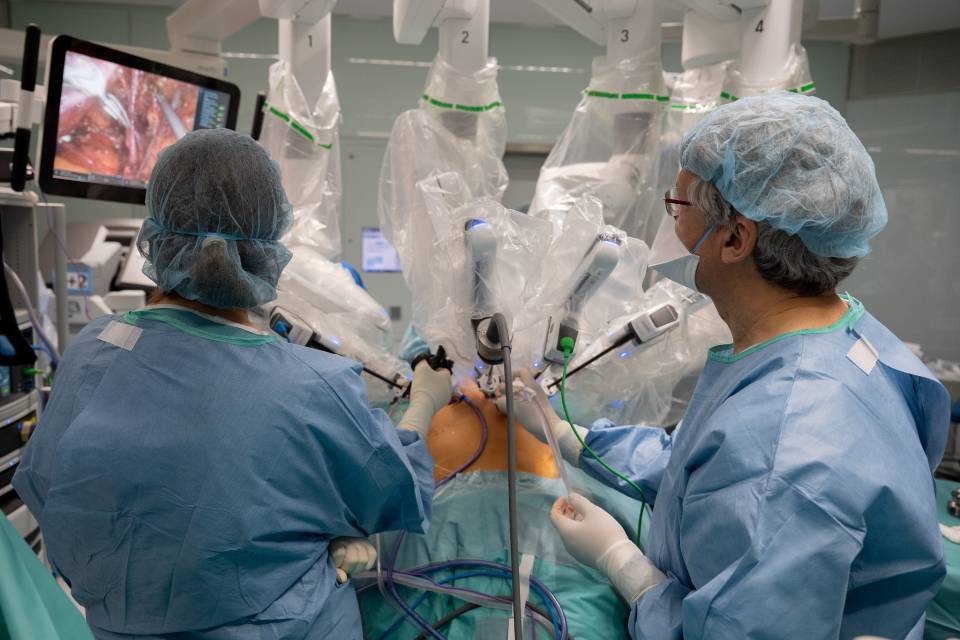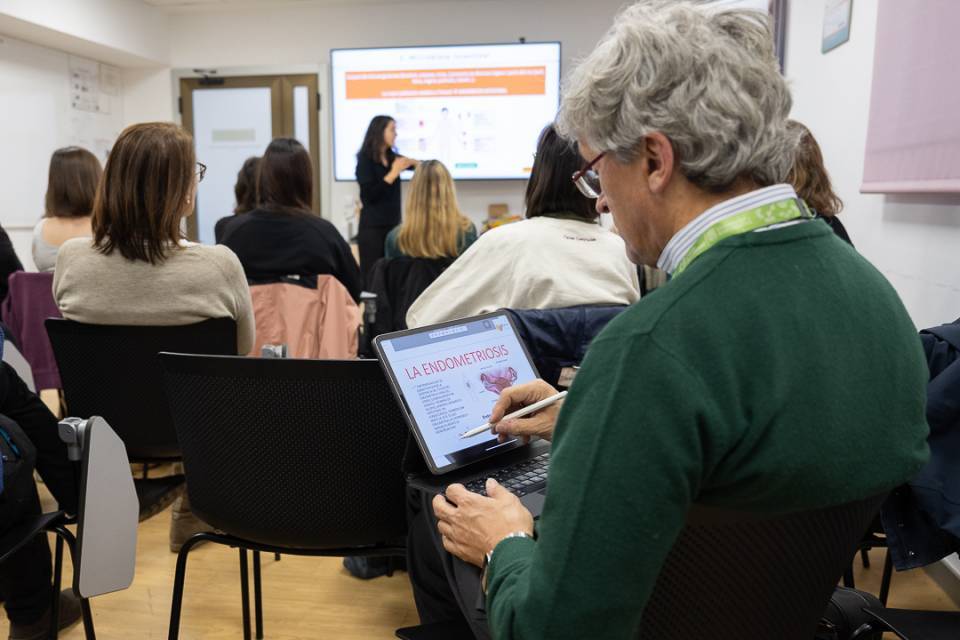Over the course of these four decades, the disease has gone from having a very high morbidity and mortality rate to being treated with efficient antiretroviral drugs with a good safety profile. “We still have a long way to go, since the epidemic is not under control, and in the last 15-20 years the number of new infections that we diagnose in our unit has not varied significantly,” explains Josep Mallolas, head of the Hospital Clínic HIV-AIDS Unit and of the IDIBAPS AIDS and HIV infection research group.
According to UNAIDS, 76 million people are infected with HIV and 35 million people have died of AIDS. At present, 38 million people are living with HIV. Each year, 80,000 new infections are diagnosed in the West, over 3,000 of which occur in Spain and 800 in Catalonia.
The evolution of the pandemic of the second half of the 20th century
On 5 June 1981, the weekly epidemiological digest for the United States, Morbidity Mortality Weekly Report (MMWR), described 5 cases of previously healthy men presenting opportunistic infections within the context of severe cellular immunosuppression.
Just two years later, in 1983, the Pasteur Institute laboratories in Paris isolated the infectious agent responsible for this new disease, the Human Immunodeficiency Virus (HIV).
The first decade of the HIV pandemic was marked by very high morbidity and mortality rates, with no tools to combat the infection. “This phase was called the HIV "Middle Ages”. Patients and healthcare staff were extremely desperate,” explains Josep Mallolas.
After the International AIDS Congress in Vancouver in 1996, a radical change occurred, with the appearance of antiretroviral strategies capable of inhibiting the replication of HIV by almost 100%. Thus, mortality rates dropped significantly, although the adverse effects of the medication and the fact that large numbers of pills had to be taken on a daily basis were major obstacles in this chronic treatment.
In the third decade of the pandemic, options that were just as powerful as or more powerful than the previous ones appeared. They had an excellent safety profile, practically no side effects and only required one pill to be taken each day.
Finally, in the fourth decade, these efficient, safe and convenient treatments continue to be used. Moreover, the bases for the effective control of the pandemic have been established using prophylactic measures such as the early detection and treatment of infected persons (test and treat), pre-exposure prophylaxis (PrEP), and research into prophylactic vaccines that can prevent HIV infection.
“At present, research into HIV is faced with two major challenges: the curing of HIV through new treatment strategies that allow us to eliminate the virus in the infected patient, and the development of a preventive HIV vaccine,” points out Josep Mallolas.
A pioneering unit dedicated to monitoring HIV
The Hospital Clínic’s HIV-AIDS Unit, led by Dr. Josep Mallolas, cares for over 6,000 patients infected by HIV, most of whom receive antiretroviral treatment. Over 90% of the patients treated have an undetectable viral load. In other words, they cannot pass the virus on through sex.
Despite the improvement in treatments and the knowledge we have of the disease, the new infection rate is not decreasing. “This new infection rate has remained the same for 20 years. To a large extent, this is due to new patterns of social behaviour, which act as a catalyst and are leading to a clear rise in the incidence of sexually transmitted diseases," explains Mallolas.
For this reason, in 2018 the Hospital Clínic launched a programme to identify people who engage in Chemsex, since this mixture of drug use and sexual intercourse is often not considered a problem and does not usually lead those who engage in it to seek medical help.
A multidisciplinary team made up of doctors and nurses from the HIV Unit and the Accident and Emergency Department, as well as psychologists and psychiatrists, participate in the programme. When a case is detected, a thorough medical check-up is carried out. Analyses are performed to identify any sexually transmitted diseases and, depending on the results, the patient is referred to a psychologist and/or psychiatrist.
Moreover, since 2019, the Hospital Clínic has had a Sexual Health Programme to provide prophylaxis and treatment, when necessary, for all sexually transmitted diseases, including HIV.
Research is the key to progress
The Hospital Clínic-IDIBAPS HIV-AIDS Unit studies the clinical, diagnostic, therapeutic and preventive aspects of HIV infection and the HIV and hepatitis C (HVC) co-infection.
In order to stop this epidemic, work needs to be carried out on all aspects of the infection: clinical (ageing of those infected and new comorbidities), diagnostic (early identification), therapeutic (search for new treatments), and preventive (studies of the immunopathology of the infection and the development of vaccines). During this COVID-19 pandemic, the Unit is studying the impact of the disease on patients with HIV and the result of the vaccination process in this population.
“Only if we manage to optimize all this research will a real control of the disease be viable," concludes Dr. Mallolas.




